It's about a 5 min. read.
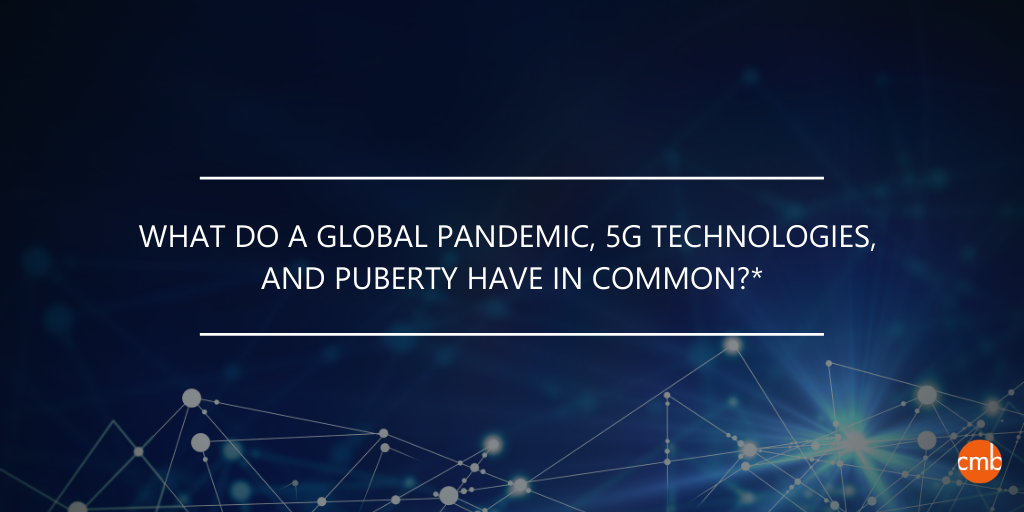
Answer: They’re all massively disruptive
Let’s start with the global pandemic. Like everyone, my household has had to adapt drastically in the face of a pandemic. In addition to stocking up on toilet paper, our family’s digital dependence has sky-rocketed. It has exposed the limits of our internet access and Wi-Fi functionality and frayed the fragile fabric of our family’s functionality. Our use of streaming video apps is much higher now, and it’s unlikely to go back to pre-pandemic levels long after the pandemic is gone. And we are not alone—in CMB’s COVID-19 tracking research, streaming video app usage across the US has also increased dramatically, and most people don’t expect it to return to pre-pandemic levels even after the virus is contained:
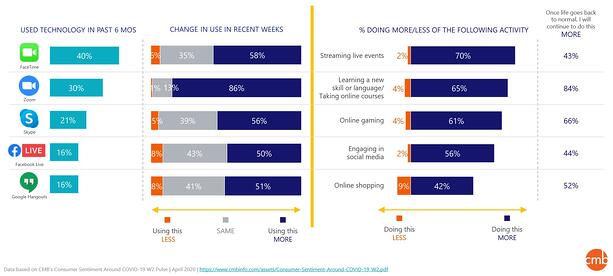
Putting this problem into the Fogg model, we see our motivation to try something different/better for our internet access situation has increased dramatically. But, like most zip codes, broadband ISP competition is scarce. Better internet access is competing with toilet paper now in that upper left-hand quadrant of Foggville:
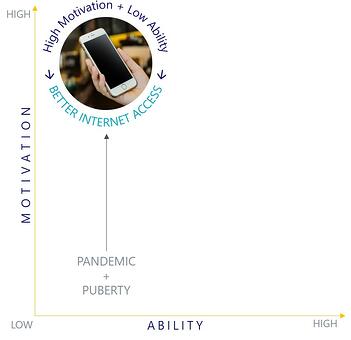
And this brings me to 5G technologies, the fifth generation technology standard for broadband cellular networks and the successor to 4G LTE.* This technology will increase the ability of many people to significantly improve their internet connectivity and potential, either as a fixed internet access substitute alternative or for some households who may want to use 5G cellular connectivity as their only internet access (both inside and outside the home):
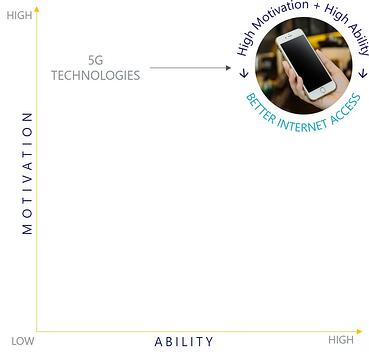
Oh, yeah: and puberty? My household is also navigating this pandemic with two teenagers, which is a miserable time of life to be stuck in the house with your parents pretty much 24/7. GenZ is the first generation to grow up not knowing life before pervasive mobile internet connections. One of their first waking memories was discovering the delights of a mobile fart app on the iPhone. And while I personally thought that was the pinnacle of potential for the mobile internet at the time, the industry has since risen to much greater heights. 5G is going to open a whole new world of application possibilities, and GenZ will be key in determining which of these take off. Video-enabled communications with friends (TikTok, FaceTime, Zoom, etc.), and online gaming will benefit most from 5G in the near-term. Usage has gone through the roof since the pandemic and is unlikely to ever fully return to “normal”. The next wave may well be driven by Virtual Reality and/or Augmented Reality-enabled applications. Coincidentally, GenZ have the strongest interest in VR/AR gaming, and we know this generation is using online multi-player gaming for socialization more than ever during the pandemic.
Any company trying to capitalize on the opportunities presented by a dramatically increased ability to deliver new and better 5G-enabled services to people can benefit by analyzing which specific human motivations are most important for any given new service, and how the pandemic may have altered these.
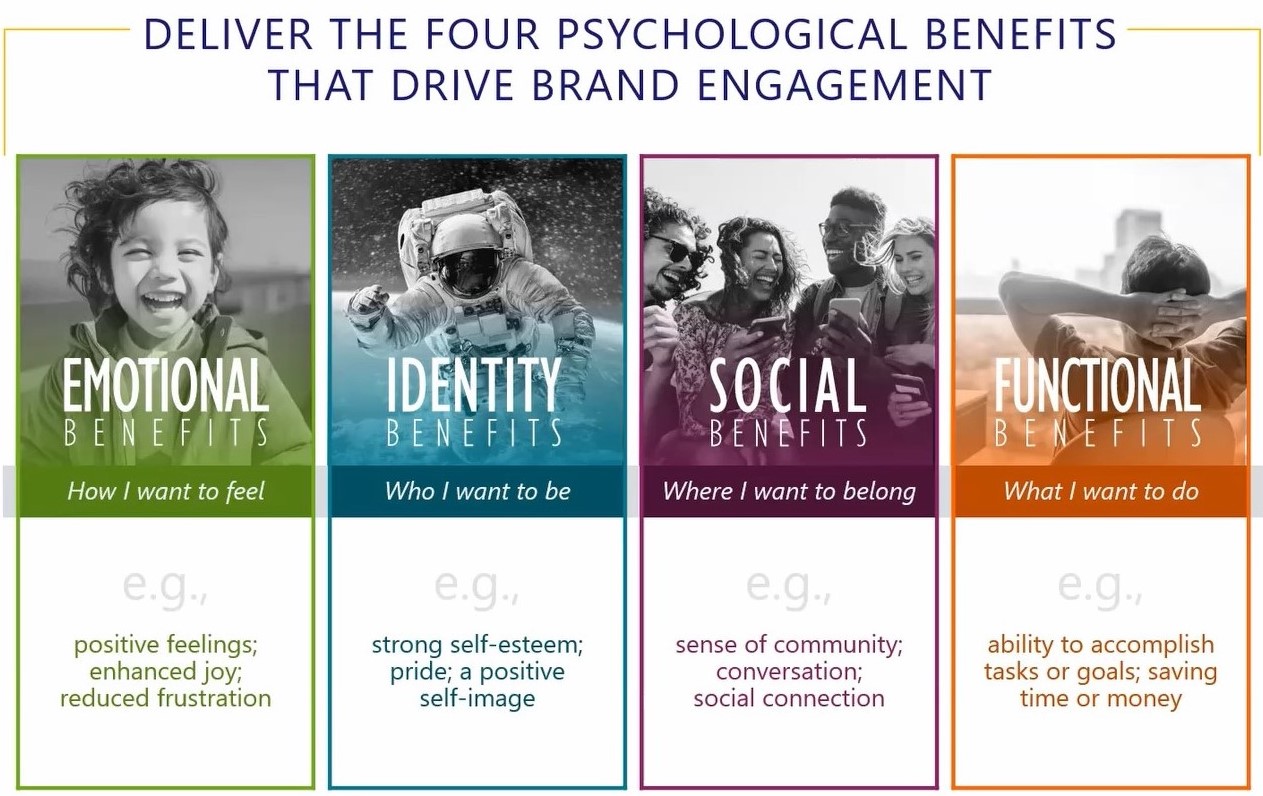
Across many industries and products, we have found that the emotional, identity, and/or social motivations are just as—and often more—important determinants of a new product’s success than the functional ones. And the interactions across different types of motivations can be highly prescriptive for laying successful go-to-market plans in the face of extreme uncertainty.
We are neither soothsayers nor oracles, but we do know how to leverage the power of psychology to help navigate a future that promises to be full of change and more disruption.
*No, this is not another conspiracy blog about how 5G technologies caused the Covid-19 outbreak. They did not.